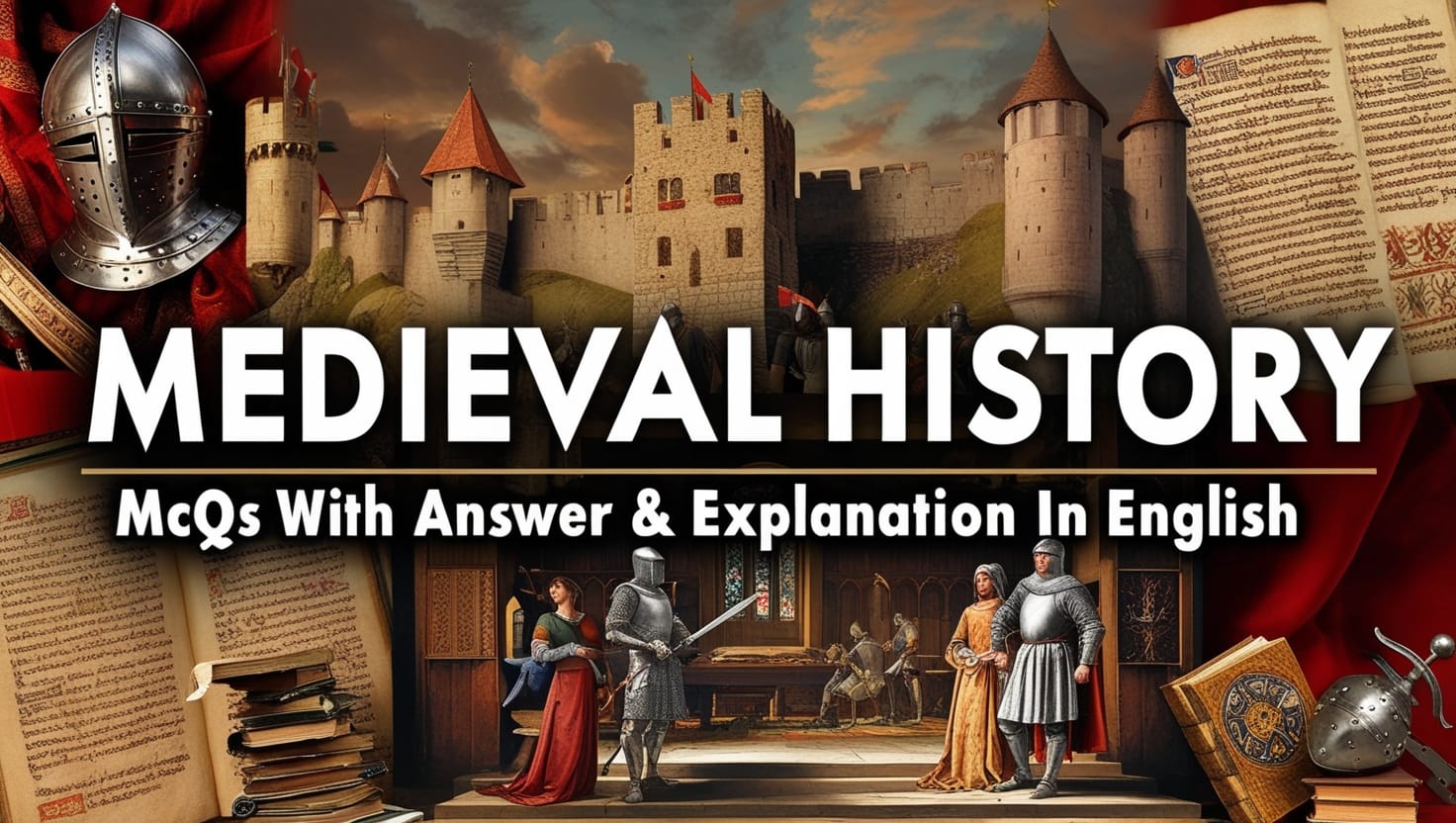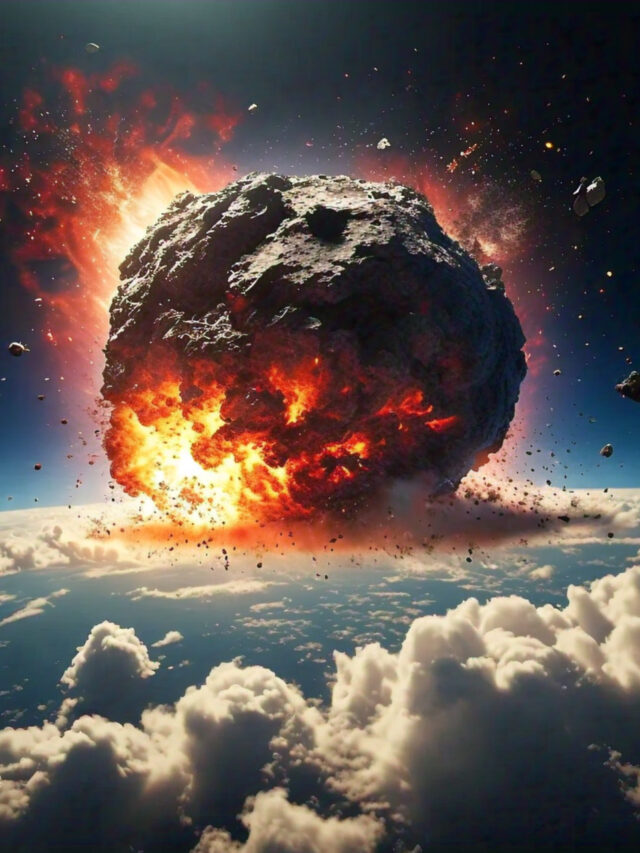
Medieval History is a rich and complex period that shaped much of the modern world. In this article, Medieval History GK MCQs With Answer & Explanation in English, you will explore key events, figures, and developments through multiple-choice questions designed to enhance your knowledge.
Each question is accompanied by detailed answers and explanations, making it an excellent resource for students and history enthusiasts alike. Dive into this era and strengthen your understanding of medieval history through this engaging quiz format.
1. Which of the following statements are correct regarding the feudal system of Europe?
1. Land was the chief source of wealth and power in the Middle Age.
2. Social organization was according to a man’s relation to land.
3. Social status was determined by the conditions in which man held his land and by the extent of that land.
Choose the correct option from the codes given below.
- 1, 2
- 2, 3
- 1, 3
- 1, 2, 3
Show Answer
Answer: 1, 2, 3
Under the feudal system of Europe, land was the chief source of wealth and power in the Middle Age. Social organization was according to a man’s relation to land. Social status was determined by the conditions in which man held his land and by the extent of that land.
2. Which of the following periods is known as the Feudal Age?
- 9th to 14th century A.D.
- 7th to 10th century A.D.
- 4th to 7th century A.D.
- None of the above
Show Answer
Answer: 9th to 14th century A.D.
The period between the 9th and 14th century A.D. is known as the Feudal Age. Feudalism was essentially an outgrowth in response to the needs and conditions of the times.
3. Diemens means which of the following?
- Land in control of the King
- Land in control of the lord
- Land in control of the peasants
- Land in control of the soldiers
Show Answer
Answer: Land in control of the lord
During the age of Feudalism in Europe, the Lords lived in castles, and the vast stretch of land along the castle was called the manor, whereas the land in control of the lord was known as diemens.
4. Power and position in society were based on which of the following during the feudal period in Europe?
- Level of education
- Number of slaves
- Amount of land possessed
- Amount of money earned
Show Answer
Answer: Amount of land possessed
Power and position in society were based on the amount of land possessed during the feudal period in Europe. After receiving land from the kings, the powerful men were known as Lords who promised to provide protection and security to the society.
5. Which of the following factors led to the decline of European nobles in the Late Middle Age?
- Rise of nation states
- Decreasing importance of towns and cities
- Increase in the influence of serfs
- Collapse of international trade
Show Answer
Answer: Rise of nation states
Rise of nation states led to the decline of European nobles in the Late Middle Age. Primarily, the emergence of strong European monarchs led to a decline in the power and authority of the feudal lords.
6. The western European societies were influenced most by which of the following during the early middle ages?
- The Byzantine empire
- Elected Parliaments
- The Roman Catholic Church
- National Monarchies
Show Answer
Answer: The Roman Catholic Church
The western European societies were influenced most by the Roman Catholic Church during the early middle ages. Religious life assumed new forms or reformed established ones during that time. Missionaries expanded the geographic boundaries of the faith.
7. The fall of Constantinople in 1453 marked the end of which of the following?
- Greek empire
- Roman empire
- Byzantine empire
- None of the above
Show Answer
Answer: Byzantine empire
Constantinople fell in 1453, marking the end of the Byzantine empire. The city ceased to be a Centre of Christian faith and learning. Many Greek scholars and intellectuals began to travel westwards with all their precious manuscripts and writings.
8. Which of the following was the central theme of most Renaissance art and literature?
- People
- God
- Jesus
- None of the above
Show Answer
Answer: People
The central theme of most Renaissance art and literature was the ‘Person’. The new Renaissance person was viewed as the maker of his own destiny rather than being a helpless plaything in the hands of supernatural forces.
9. Throughout the Middle Ages, the world was perceived as a flat base divided into how many continents?
- 3
- 4
- 5
- 6
Show Answer
Answer: 3
Throughout the Middle Ages, the world was perceived as a flat base. It was considered to be divided into the three continents of Asia, Europe, and Africa, and at the Centre was Jerusalem.
10. Portugal took the lead in maritime exploration under the direction of which of the following?
- Prince Henry
- Captain William Hawkins
- Queen Elizabeth
- Seleucus Nicator
Show Answer
Answer: Prince Henry
Prince Henry, better known as ‘Henry, the Navigator,’ was a central figure in the early days of the Portuguese Empire and in the 15th-century European maritime discoveries. Portugal took the lead in maritime exploration under the direction of Prince Henry.







